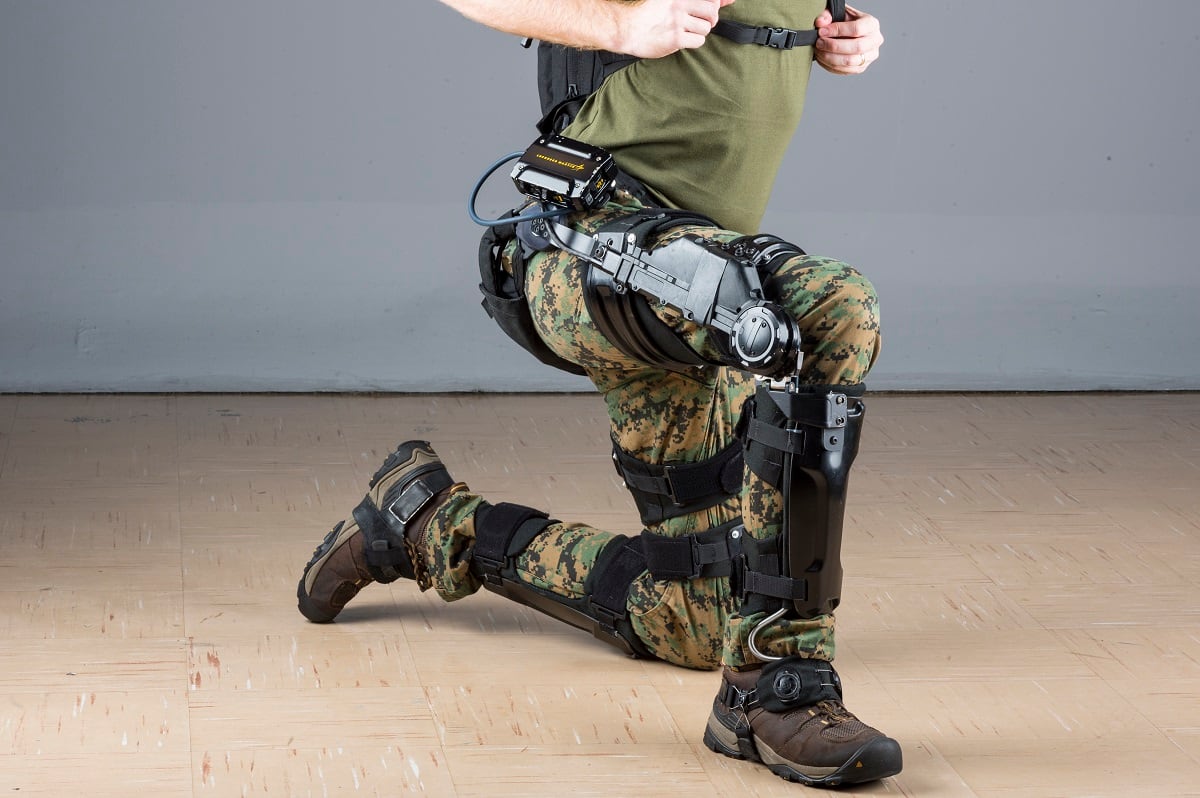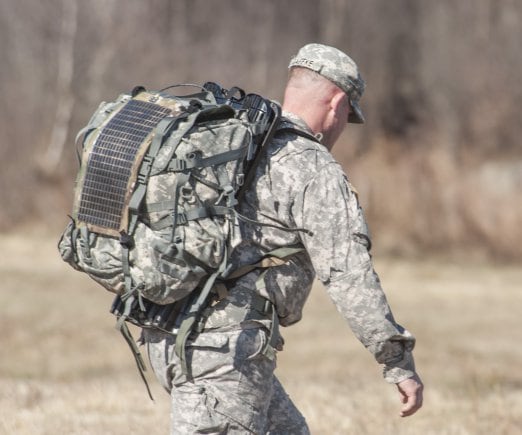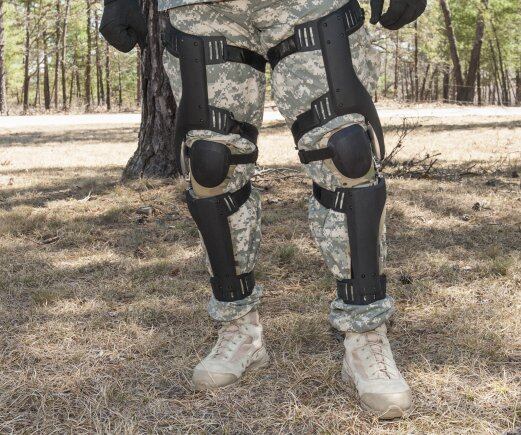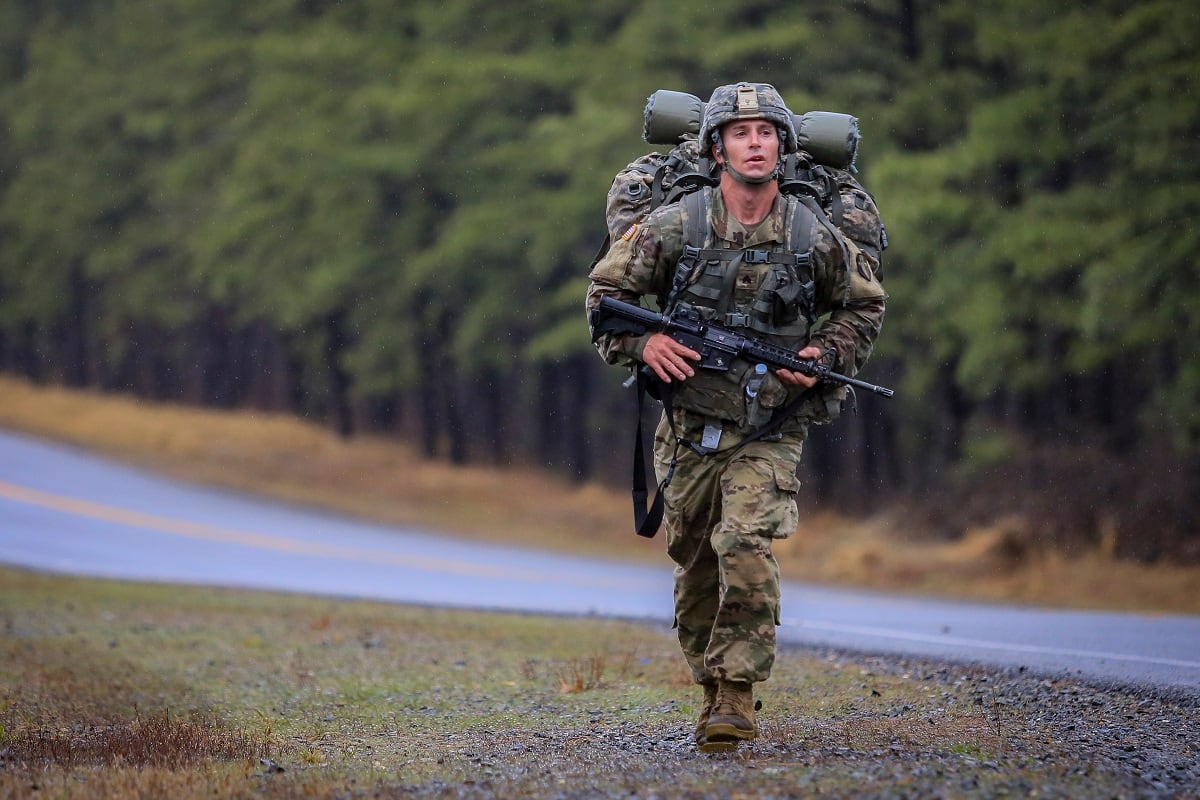Scientists with the Army’s communications and electronic research group are looking to the soldier’s own footsteps, and other means, to potentially increase battery life and lighten the load for increasingly tech-laden troops.
Army researchers are forecasting that the battery load for a dismounted soldier could double by 2025, given the need for more sophisticated and powerful electronic systems being used by soldiers.
That load currently runs from 15 to 25 pounds for a three-day mission, no small amount when every ounce counts, and soldiers will strip rations and cut a toothbrush handle to save weight.
RELATED

New battery and power requirements could come from augmented reality equipment and the more sophisticated Next Generation Squad Weapon program, which will add new targeting capabilities to the soldier’s rifle but also need power that’s not there now.
Julianne Douglas, the Energy Harvest lead with the Army’s Communications-Electronics Research, Development and Engineering Center said in an Army release that the “added weight means soldiers can get fatigued much more easily, are more susceptible to injury and are less able to maneuver nimbly.”

So, she, along with Noel Soto, a systems engineer with the Army’s Research, Development and Engineering Command are looking at some advanced solutions to make the batteries that soldiers carry last longer. Which means soldiers will be able to haul fewer batteries to the field.
They are experimenting with wearable solar panels that can fit to the body and recharge or continuously charge batteries on the move.
While it isn’t always sunny in the field, soldiers are almost always moving.
So, researchers are also looking at a backpack frame that generates electricity to charge batteries from the subtle movements of the backpack frame while soldiers are on the march.

Lastly, they’re also working on the “kinetic knee harvester.” This device would use the motion of a soldier’s legs to build electric current while walking.
The backpack frame kinetic harvesters are more efficient when soldiers are going uphill, Soto said, as that’s when their rucksacks wobble the most.
Soldiers are taught to tightly fasten everything down. But having a loose-fitting rucksack results in more energy-harvesting efficiency, Soto said. For that reason, soldiers preferred the kinetic knee harvesters.
The knee harvest mechanism also helps soldiers to more efficiently brake when going downhill, so they have a better-controlled descent and reduced fatigue, Soto said.
And they provide similar power output — 6 watts uphill and 30 watts downhill, as compared 8 to 40 watts, depending on wobble.
Todd South has written about crime, courts, government and the military for multiple publications since 2004 and was named a 2014 Pulitzer finalist for a co-written project on witness intimidation. Todd is a Marine veteran of the Iraq War.
